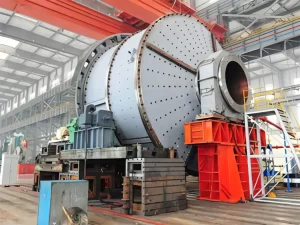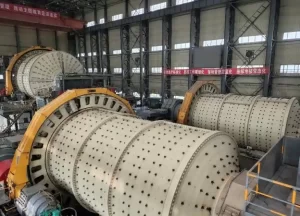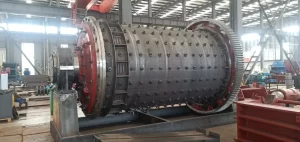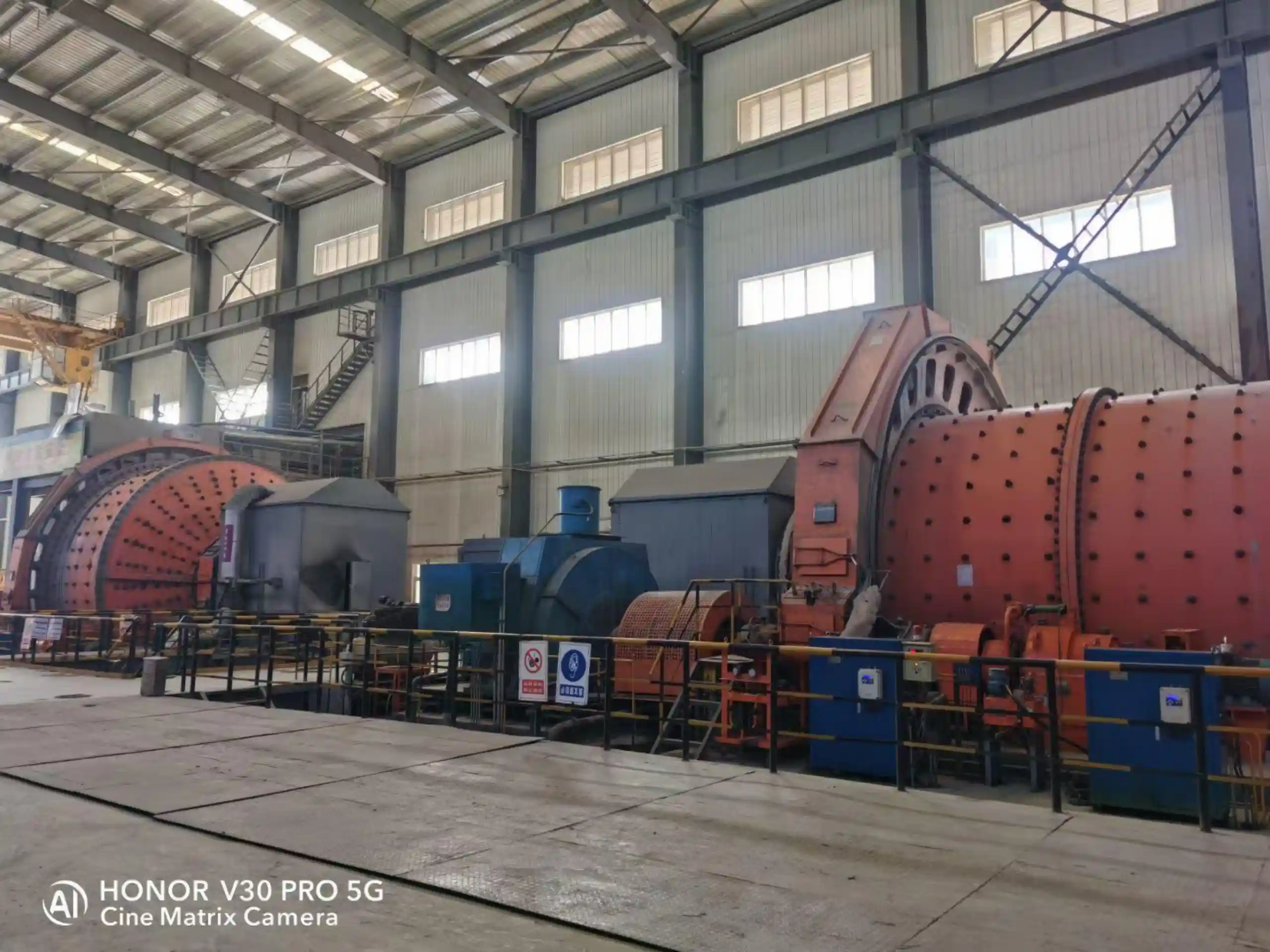In mineral processing, autogenous mills, semi-autogenous mills, and ball mills are the backbone of ore grinding. These machines differ in structure, operation, and the grinding media used. Steel balls are a key part of grinding media in both semi-autogenous mills and ball mills. This article delves into the role of steel balls in these mills, exploring how they improve grinding efficiency and impact overall processing.
1. Autogenous Mills and Steel Balls

Autogenous mills operate by using the ore itself as the grinding medium, making them unique compared to other milling methods. Steel balls are not used in autogenous grinding, as the ore itself collides and grinds the material. This method is ideal for processing large and hard ores, such as iron ore, gold ore, and certain non-ferrous metal ores.
Advantages:
-
No steel ball consumption – Reduces operational costs.
-
Efficient for large ores – Best suited for hard ores with large particle sizes.
Disadvantages:
-
Lower efficiency for finer particles.
-
Requires high hardness ore for effective grinding.
2. Semi-Autogenous Mills and Steel Balls

Semi-autogenous mills combine the benefits of autogenous grinding and steel ball grinding. Steel balls are added to the ore, improving the grinding efficiency by providing additional impact and grinding forces. These mills are particularly useful for grinding hard ores such as copper ore, gold ore, and other non-ferrous metal ores.
Advantages:
-
Improved grinding efficiency through the combination of steel balls and ore.
-
Suitable for large ore sizes, reducing the need for additional crushing.
Disadvantages:
-
High steel ball consumption, leading to higher operational costs.
-
Increased wear and tear on the equipment, requiring frequent maintenance.
3. Ball Mills and Steel Balls

Ball mills are widely used for fine grinding in mineral processing. These mills use steel balls as the primary grinding medium. The balls create impact and friction, breaking down ores into finer particles. Ball mills are ideal for grinding both metal ores and non-metal ores, particularly effective in the final stages of processing.
Advantages:
-
High grinding fineness – Ideal for fine grinding.
-
Wide application across various ores, including both metal and non-metal ores.
Disadvantages:
-
High steel ball consumption, leading to increased production costs.
-
Requires careful selection of steel ball sizes based on ore type and grinding needs.
Conclusion: Optimizing Steel Balls in Grinding Mills
Steel balls play a vital role in autogenous mills, semi-autogenous mills, and ball mills:
-
Autogenous mills rely on the ore itself as the grinding medium, without the need for steel balls.
-
Semi-autogenous mills enhance efficiency with steel balls and are suitable for processing large ores.
-
Ball mills use steel balls as the primary grinding medium for fine grinding.
Selecting the right grinding equipment and optimizing steel ball usage is essential for improving mineral processing efficiency and achieving cost-effective beneficiation.

